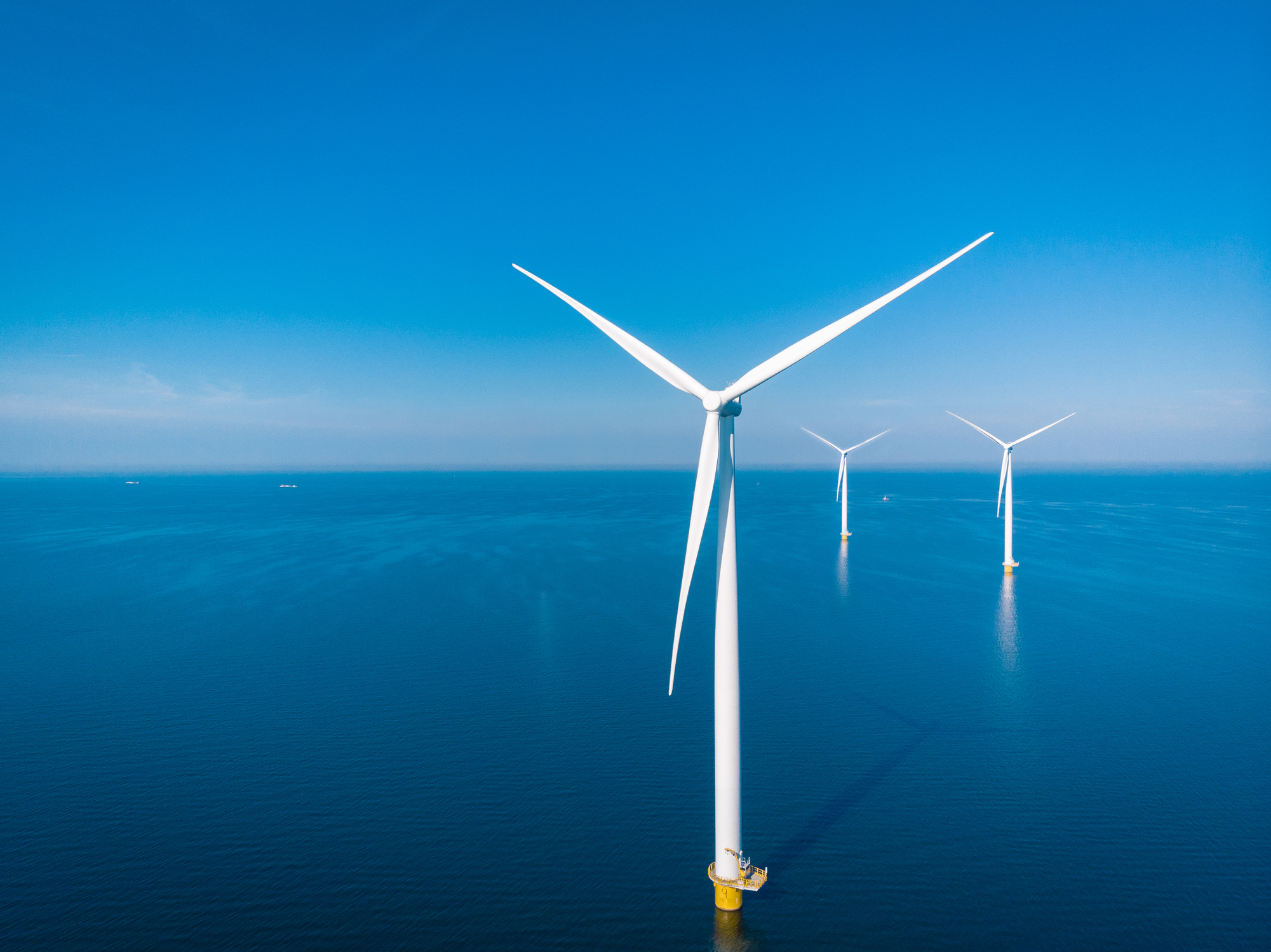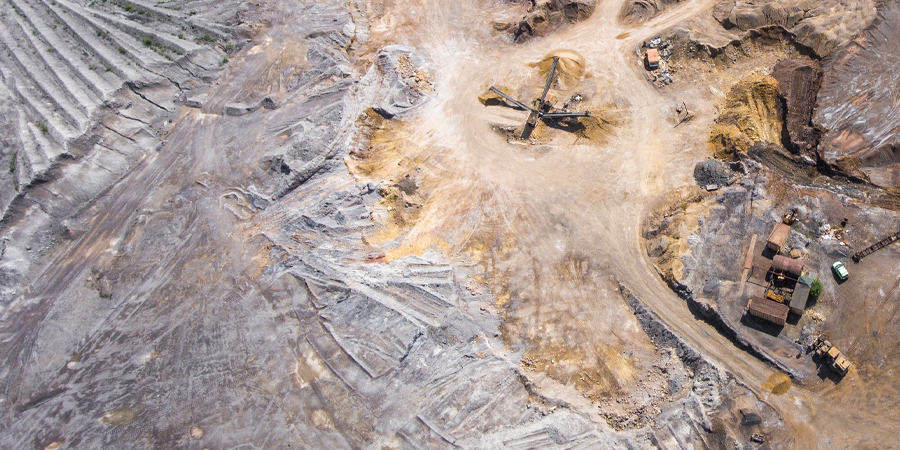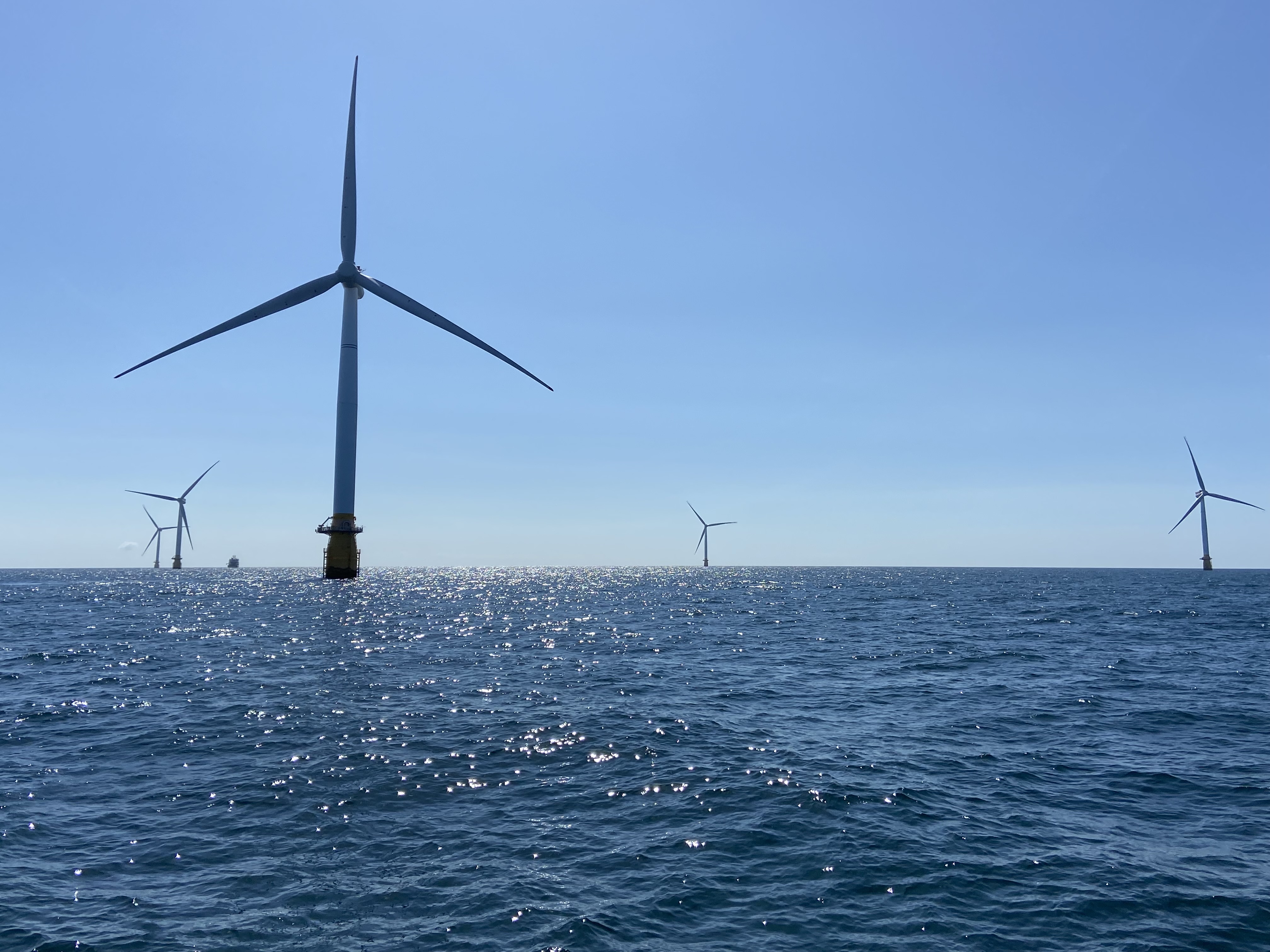Expertise
Offshore wind
Impact
Harmonising offshore wind’s approach to footprinting and climate action.

CHALLENGE
How can offshore wind accelerate the energy transition while keeping emissions in check?
Global climate targets cannot be met without stepping up renewable energy generation. Hailed as one of the cheapest and cleanest ways to generate electricity, offshore wind plays a pivotal part in the transition to renewables, with 2000 GW of offshore wind to be delivered by 2050. It means that the race is on to install an additional 70-80 GW per year from 2030 onwards.
Offshore wind farms already produce electricity with a significantly lower carbon footprint compared to fossil fuel-based energy sources. Offshore wind assets are, however, dependent on rare minerals, carbon-intensive materials and heavy transport, be it the steel for the foundations, the copper used within cables or the fuel consumption of vessels. Even as offshore wind leads the charge towards a world that runs entirely on clean energy, it must address the carbon-intensive aspects of its wind farms.
To decarbonise offshore wind assets, the industry needs to standardise the way it measures, reports and ultimately reduces emissions. Doing so will allow for more targeted action and create a more resilient industry.
SOLUTION
Establishing a collective voice for industry-wide action
Collaboration is key to driving change across the industry. In 2023, we launched the Sustainability Joint Industry Programme (Sustainability JIP), featuring 12 offshore wind developers that represent around a quarter of installed wind farm capacity. Building on the decarbonisation efforts at an individual offshore wind farm level, the Sustainability JIP aims to create a consistent approach to carbon accounting and supply chain engagement. In order to create carbon transparency and identify decarbonisation drivers, we:
The 'Offshore wind industry product carbon footprinting guidance' is available to all industry stakeholders who wish to measure the carbon impact of an offshore wind project or its components, including suppliers, academics, consultants and developers. With a consistent approach to carbon footprinting now established, the industry can explore a unified path to reducing emissions and reliance on virgin raw materials. To supercharge industry-wide action, we:
IMPACT
Accelerating industry-wide action through collaboration
Companies can do more collectively than individually. By bringing some of the industry’s largest developers together, the Sustainability JIP provides a platform for targeted climate action.
Here, the 'Offshore wind industry product carbon footprinting guidance' is a critical first step. It increases transparency on how carbon emission calculations should be carried out, allowing developers to better understand the carbon impact of their offshore wind projects and deliver on their commitments to lower emissions. This guidance, combined with the 'Offshore wind decarbonisation pathway', lays the groundwork for developers to:



















